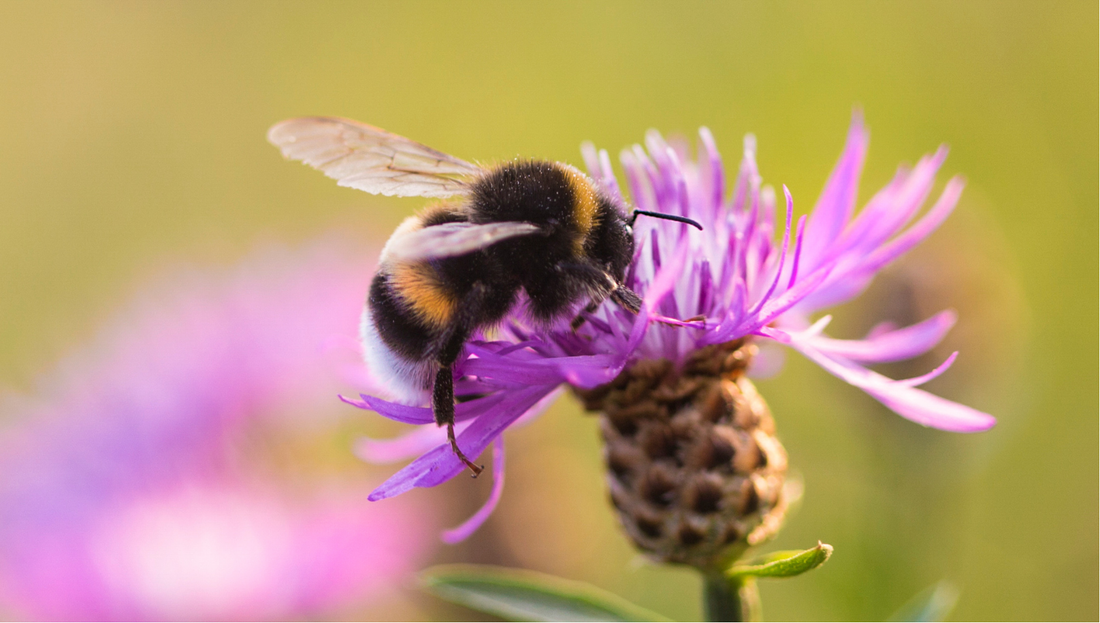Do Bumble Bees Make Honey?


Most people know honey bees because of the golden honey we eat. But what about bumble bees, do they make honey too? The answer is yes... but not in the same way.
Bumble bees do create a honey-like substance, but it’s not the thick, golden honey you’ll find in a Hilltop jar. Their version is made in much smaller amounts, stored only temporarily, and is never harvested for human use.
Like honey bees, bumble bees collect nectar from flowers using their long tongues. They carry it back to the nest in their stomachs and store it in wax pots they’ve built themselves. This nectar serves one main purpose: to feed the colony.
It’s used quickly to nourish the queen, the developing larvae (called brood), and the forager bees who keep collecting more. Bumble bee colonies are more like small food prep teams than full-scale honey factories.
Unlike honey bees, bumble bees don’t create large honey stores. Here’s why:
All of this means their nectar stores are minimal, watery, and used almost immediately.
Not really, and there’s no need to try. Bumble bee “honey” isn’t true honey in the traditional sense:
So while they technically “make honey,” it’s more like a nectar reserve than a pantry staple.
Let’s break it down:
| Honey Bees | Bumble Bees | |
|---|---|---|
| Colony Size | 10,000–60,000 bees | 50–400 bees |
| Honey Production | Yes — large amounts | Tiny nectar stores only |
| Winter Survival | Whole colony survives | Only queen survives |
| Harvestable Honey | Yes | No |
Even if bumble bees don’t provide honey, they play an essential role in nature. They’re super pollinators.
Thanks to their ability to perform buzz pollination (shaking flowers with vibration), bumble bees help plants like tomatoes, peppers, and blueberries reproduce. Honey bees can’t do this as effectively.
In short, no bumble bees, no juicy tomatoes or garden-fresh blueberries. Their contribution to farming and food security is huge, even if you won’t see them on the honey shelf.
Technically, yes, but not the kind you eat. Bumble bees make small amounts of nectar-based food to feed their young and colony members, but not enough to store or harvest. Their real value lies in the pollination they perform every single day.
At Hilltop, we honour every bee — whether they make our award-winning honey or help grow the food on our plates.
Related Reads
Explore Our Range